15.decembris
Labvakar!
Kamēr LGK perē un gaida savu LGL,Sharyn Broni (Ranger, DOC) publicējusi interesantus faktus par albatrosu dzīvi.
Sharyn Broni (Ranger, DOC) Mod
Kia ora koutou (hello everyone)
Just lately there has been several albatross turning up in odd places.
This one is a White-capped Mollymawk (a small albatross is often referred to as a mollymawk), this individual spent some time at a certain pizza car park in South Dunedin before being collected by Ranger Jim Watts and moved to a more suitable environment.
Find out more about White-capped Mollymawks here:
http://www.nzbirdsonline.org.nz/species ... -mollymawk
Although fledging chicks occasionally land on the salt flats of Aramoana (which you can see when the cam is panned south) it is very rare to find older birds landing here. We suspect this is a juvenile but took off before it could be identified.
This next one is less of an odd place as it is at Pukekura/Taiaroa Head, well down the hill at Gun Pit (this area used to be a fort)
What is unusual is that it is a completely unbanded adult. It appears to be a 5-8 year old male. Given that all chicks leave Taiaroa Head with at least one band could this bird have returned with complete band loss or be a migrant from the Chatham Island populations were regular banding does not occur?
This next one, also down the hill at Pukekura/Taiaroa Head on the same day, is interesting because the bird which appears to be coming into land is not a Northern Royal Albatross but a Southern Royal.
It did not land as far as we are aware but it spent some time flying around looking like it might.There has been one Southern Royal Albatross recorded at Puke/kura Taiaroa Head in the past. The species are very similar and can hybridise when a late laying Northern Royal breeds with an early laying Southern Royal. The most obvious differences is that the Southern Royal is a bigger bird with more whtie on the wings.
This scenario happened during 1969/70 the one resulting chick went on to have one male chick herself and this was the father of Royalcam dads OGK and YWK (read more about these two birds in the Meet the Royal Family page
They are both 1/8 Southern Royal but still have the large size and a little more white on the wings than most Northern Royals have.
Read more about Southern Royal Albatross here:
http://www.nzbirdsonline.org.nz/species ... -albatross
Sharyn Broni (Ranger, DOC)
Kia ora koutou (sveiki visi)
Tieši pēdējā laika dīvainākās vietās ir novērojami vairāki albatrosi.
Šis ir baltā cepurīte Mollymawk (nelielu albatrosu bieži dēvē par mollymawk), šis indivīds kādu laiku pavadīja noteiktā picu autostāvvietā Dienviddunedinā, pirms to savāca Ranger Jim Watts un pārcēla uz piemērotāku vidi.
 image copyright Jim Watts
image copyright Jim Watts
Uzziniet vairāk par balto cepurīti Mollymawks
 image copyright Julia Reid
image copyright Julia Reid
Kaut arī lidojošie cāļi laiku pa laikam nolaižas uz Aramoana sāls līdzenumiem (kurus var redzēt, kad kamera tiek virzīta uz dienvidiem), šeit vecāki putni ir ļoti reti sastopami. Mums ir aizdomas, ka tas ir nepilngadīgs bērns, bet viņš pacēlās, pirms to varēja identificēt.
Šis nākamais ir mazāk dīvaina vieta, kā tas atrodas pie Pukekura / Taiaroa Head, labi lejup no kalna pie Gun Pit (šī teritorija agrāk bija forts)
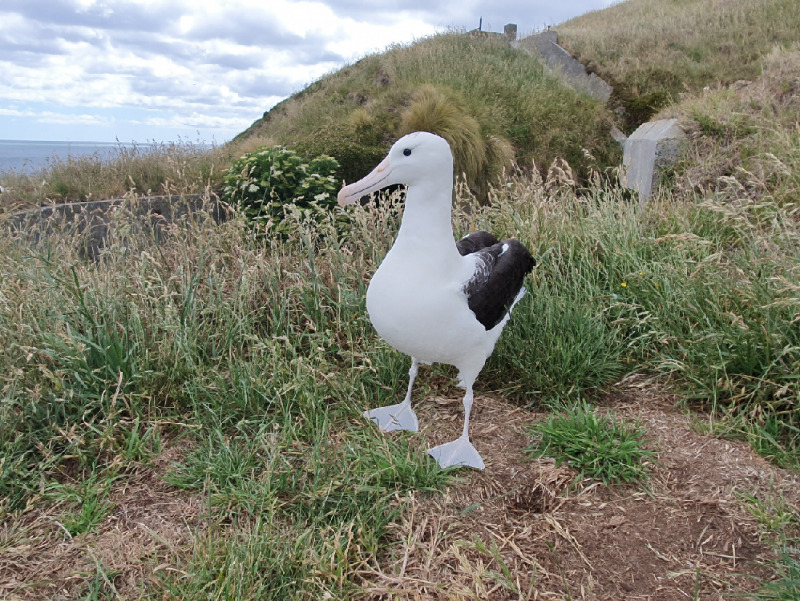 image copyright Colin Facer
image copyright Colin Facer
Neparasti ir tas, ka tas ir pilnīgi negredzenots pieaugušais. Šķiet, ka tas ir 5-8 gadus vecs vīrietis. Ņemot vērā to, ka visi cāļi atstāj Taiaroa Head ar vismaz vienu joslu, vai šis putns varēja atgriezties ar pilnīgu joslas zudumu vai būt migrants no Čatamas salas populācijām, kur regulāra gredzenošana nenotiek?
Šis nākamais, tajā pašā dienā arī lejā no kalna pie Pukekura / Taiaroa Head, ir interesants, jo putns nav Ziemeļu Karaliskais Albatross, bet Dienvidu Karaliskais.
Tas nenokļuva tik tālu, cik mums zināms, bet kādu laiku pavadīja, lidojot apkārt. Iepriekš Puke / kura Taiaroa Head bija reģistrēts viens Dienvidu karaliskais albatross. Sugas ir ļoti līdzīgas un var hibridizēties, ja vēlu dēj ziemeļu karaliskā šķirne ar agri dējošo dienvidu karalisko. Acīmredzamākās atšķirības ir tādas, ka Southern Royal ir lielāks putns ar baltākiem spārniem.
Šis gadījums notika 1969./70. gadā. Stāsts ir par Royalcam tēvu OGK un YWK tēvs (vairāk par šiem diviem putniem lasiet Meet the Royal Family lapā https: // www. doc.govt.nz/nat ...). Viņi abi ir 1/8 Dienvidu Karaliskais, taču tiem joprojām ir liels izmērs un nedaudz vairāk baltais spārnos nekā lielākajai daļai Ziemeļu Karaliskajiem.
(GT)

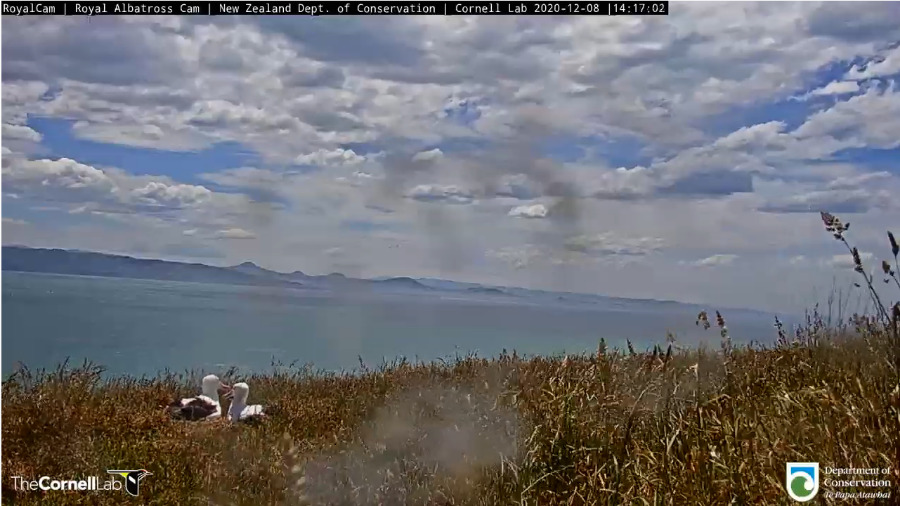


 12.8.20
12.8.20



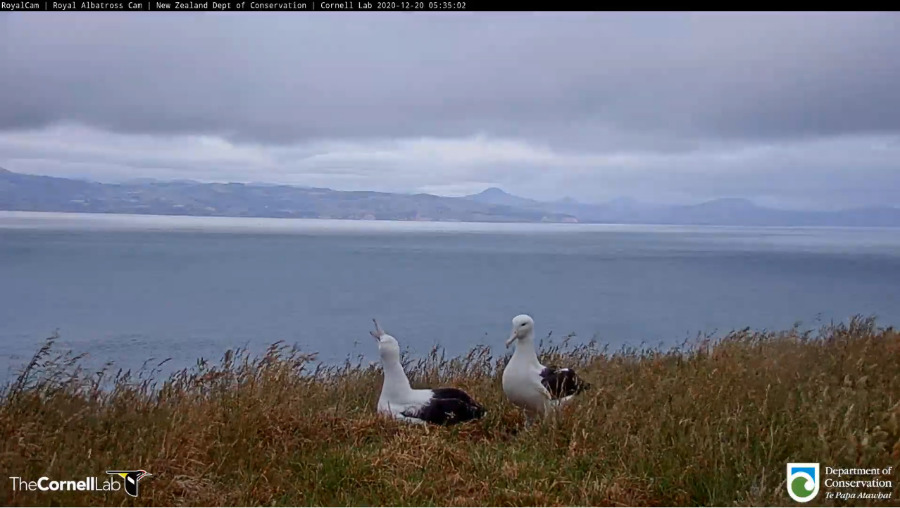
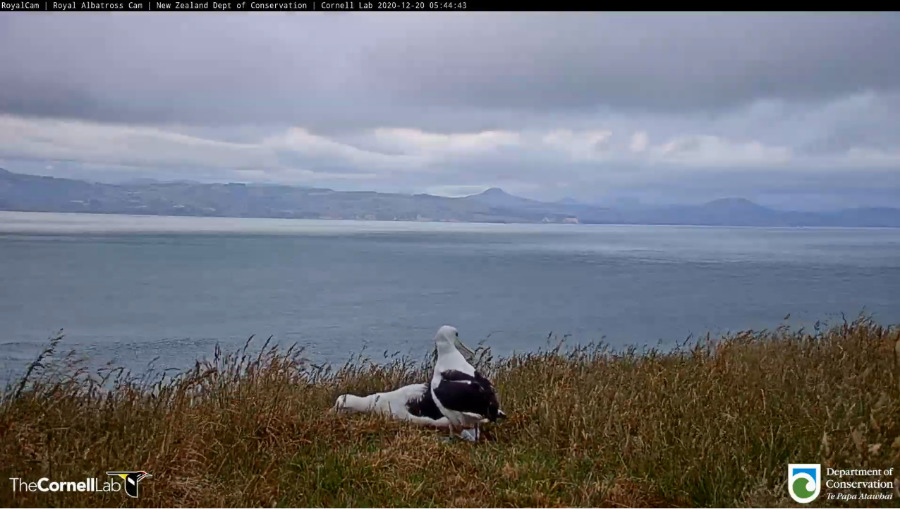
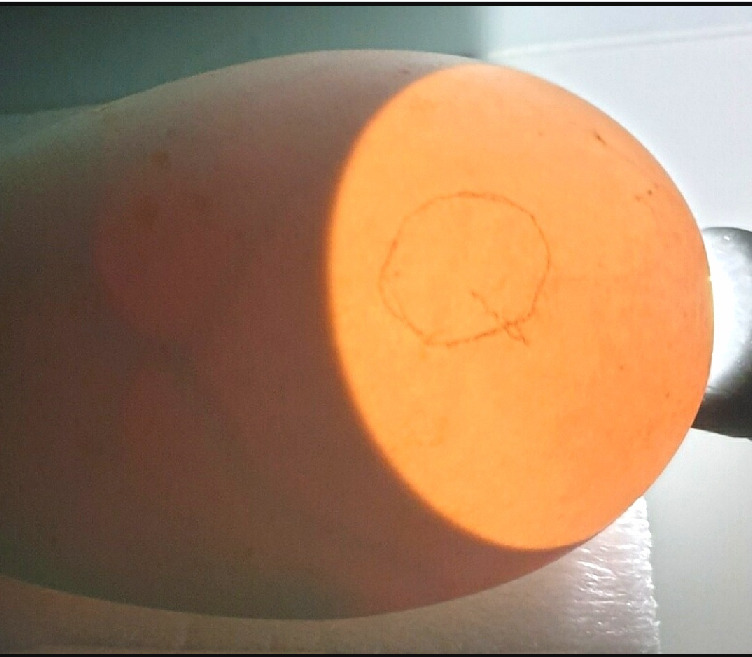
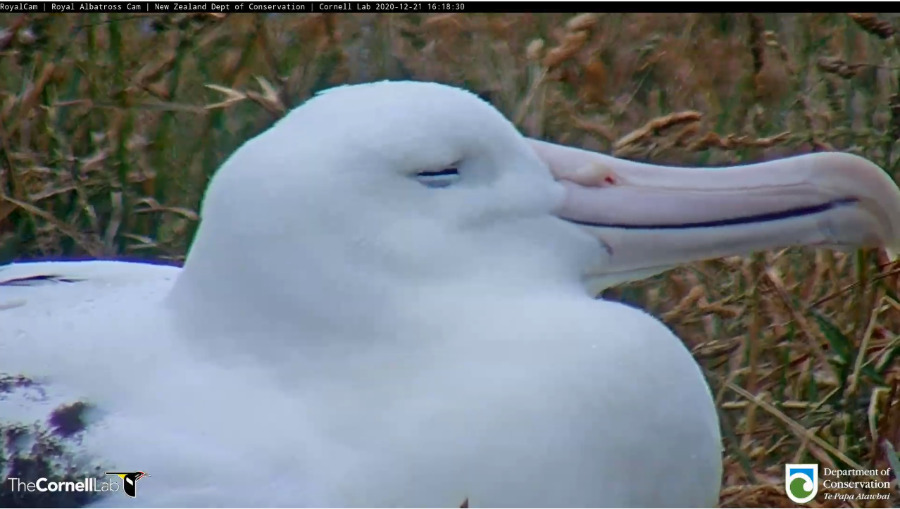

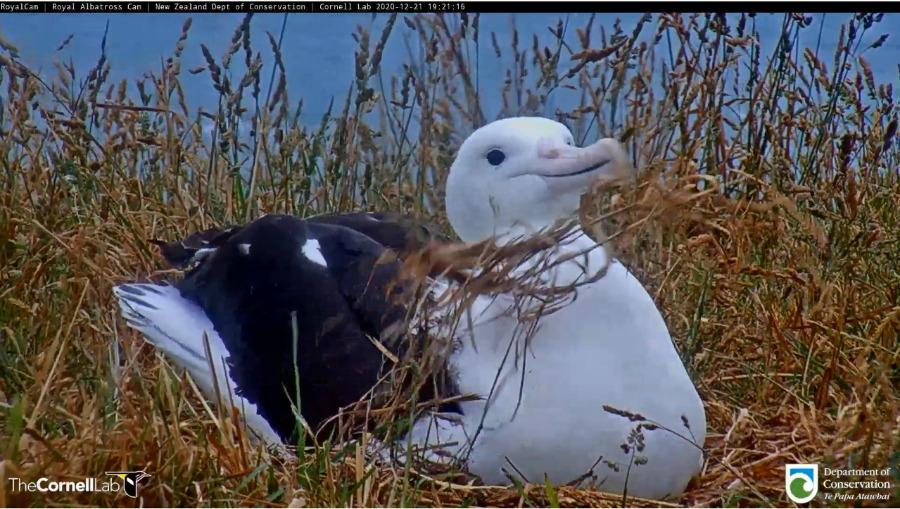

 12.24.20
12.24.20